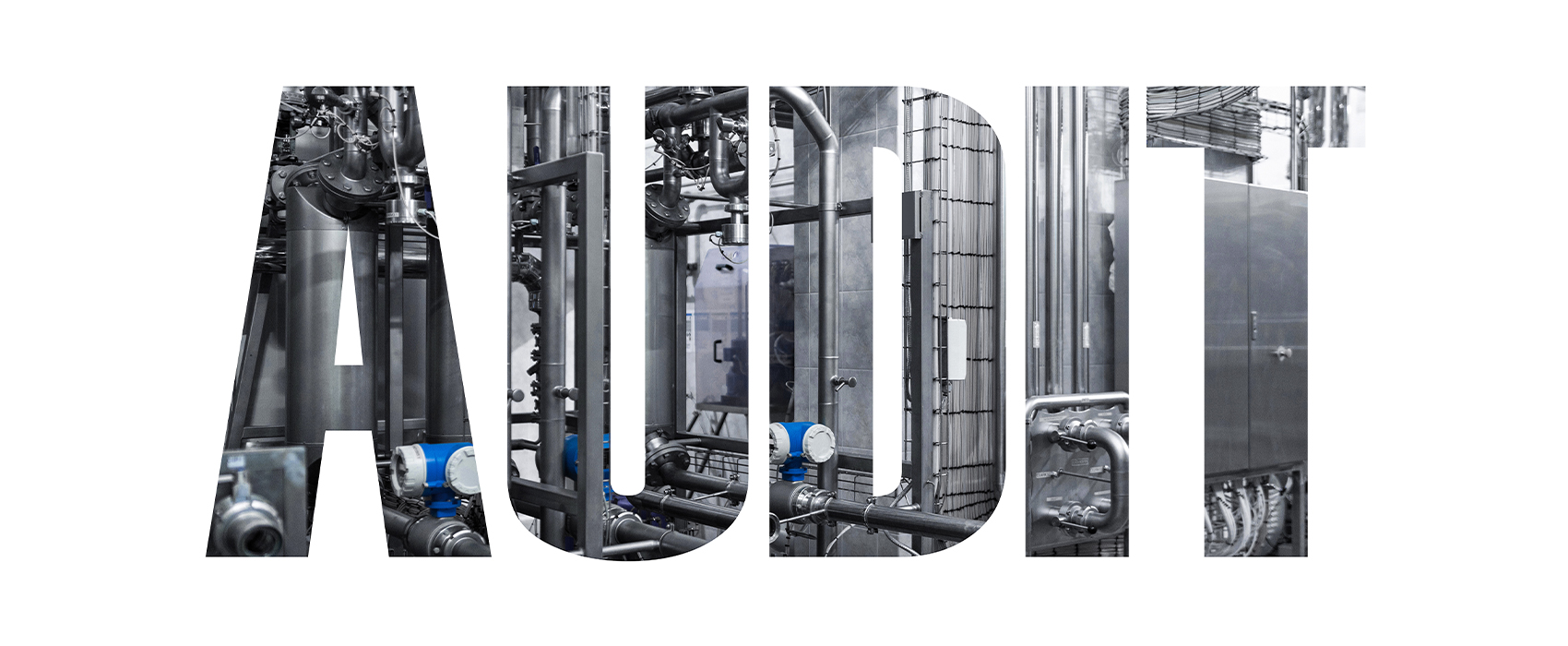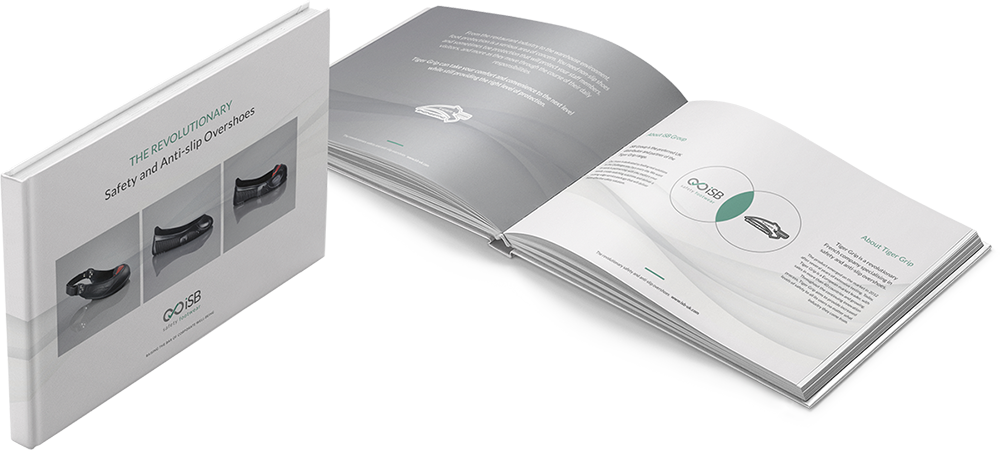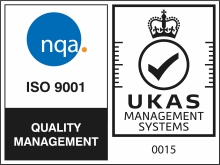
What is a risk assessment
What is a risk assessment and what should a comprehensive workplace risk assessment include by way of information and detail? We’ve put together this handy guide to the basics of what you need to know…
What is a risk assessment
A risk assessment is the process of identifying current and potential hazards in a particular location or as the result of a particular activity.
Part of the risk management process, risk assessments are an important way in which employers can manage the risks arising from their workplace activity to employees and visitors.
The role of a risk assessment in this context is to ensure:
- Workplace risks are addressed effectively
- Appropriate action is taken to support staff to work safely
Risk assessment explained
Risk assessments are mandatory in UK law. Under the Management of Health and Safety at Work Regulations, every employer must conduct a risk assessment on the work its employees do.
Risk assessments should be systematic, comprehensive and based on genuine evaluations of the real workplace, rather than a ‘best case scenario’.
Employers should look at the risks that exist or may arise, evaluate their severity and the adequacy of the protective measures already in place, and record their findings in a document that is accessible on request.
What should a risk assessment include?
A risk assessment should define the workplace hazards likely to cause harm to employees and visitors.
Examples of such hazards may include manual handling, fire, electric shocks, hazardous substances, repetitive strain injuries, stress, infectious diseases, and violence. Potentially hazardous workplace tasks such as maintenance of machinery, cleaning with chemicals, and dealing with the public should also be included.
Finally, employers should also consider organisational factors likely to present safety risks, including – but not limited to:
- Shift patterns
- Working hours
- Lone working
- Management techniques
- Staffing policies
- Systems of work
- Consultation and participation
- Equipment purchasing policies
In order to ensure any risk assessment is adequate and representative of the true picture of risk in an organisation, it may be helpful for employers to take the following actions:
- Consult with their employees – The people who carry out different tasks in your workplace will have more in-depth knowledge and a practical understanding of the hazards and risks involved in doing so
- Observe what happens by touring the workplace, inspecting different areas and watching different activities being undertaken
- Talk to any workplace safety rep to check written assessments and priorities for action represent a true picture of the risk profile of your organisational activity and set out a clear strategy to improve health and safety in the workplace
Risk assessment: A ‘how to’ guide
Conducting a risk assessment can seem complicated, but it is really very simple.
Our six-step ‘how to’ guide is as follows:
#1 List – Look around your workplace and list the risks to health and safety that may arise
#2 Decide – For each risk, determine who might be harmed and how
#3 Check – Do you have any measures in place already to protect against a particular hazard?
#4 Evaluate – Are the measures you have in place adequate to protect against the risks?
#5 Record – Set out your findings. Organisations with more than five employees should also detail any groups of employees deemed particularly at risk, such as younger, older or disabled employees, and those who are pregnant.
#6 Review – Risk assessments should be reviewed regularly to check they remain comprehensive and up-to-date, and revised in the event of a change in staffing, building refurbishment, or an organisation moving premises.
At iSB Group, we can help organisations to evaluate how their workplace hazards combine with other factors to influence what safety footwear and protective clothing they should provide to their teams. To find out more, download our warehouse risk assessment checklist or visit our online store for the latest in health and safety products.

















